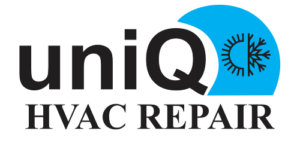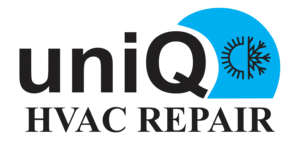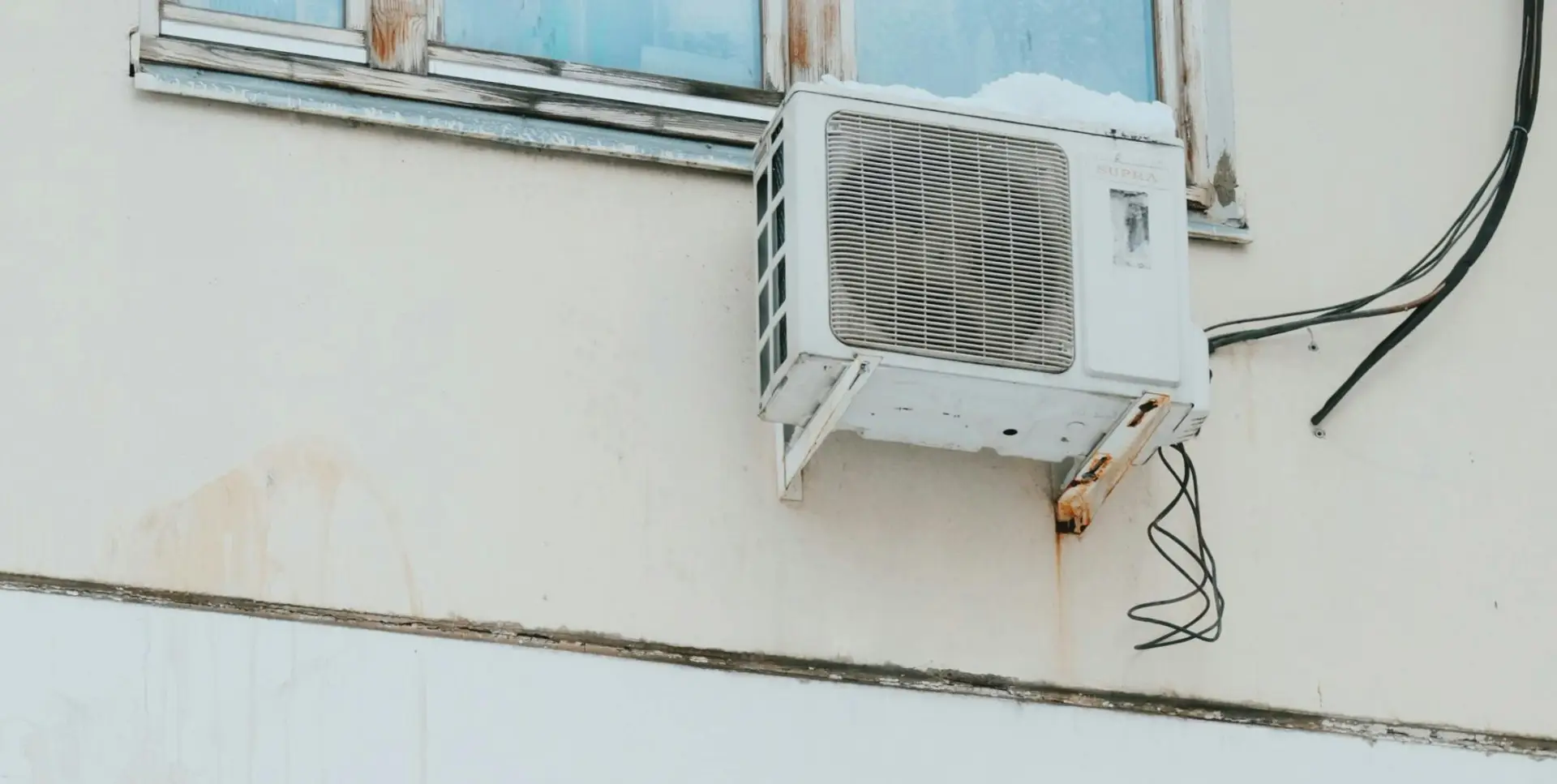Hitachi Window AC Error Code List: Full Guide to Errors & Their Solutions
Hitachi is a trusted name in the air conditioning industry, offering high-performance window ACs that are built to last. Like many modern AC units, Hitachi window ACs are designed with a self-diagnostic system that displays error codes when something goes wrong.
Understanding what these error codes mean can help you identify and fix problems faster, saving both time and service costs.
In this blog, we provide a complete Hitachi Window AC error code list, with explanations for each code and easy-to-follow solutions.
📋 Hitachi Window AC Error Codes with Descriptions & Solutions
E0 – EEPROM Error
- Description: A memory error in the main control board.
- Solution:
- Restart the AC to see if the error resets.
- If it returns, the control board (PCB) may need replacement.
- Contact a Hitachi-authorized technician.
E1 – Indoor Room Temperature Sensor Error
- Description: Faulty or disconnected sensor reading room temperature.
- Solution:
- Inspect sensor wiring.
- Replace the sensor if damaged or not reading correctly.
E2 – Indoor Coil Sensor Error
- Description: The evaporator coil temperature sensor is malfunctioning.
- Solution:
- Check the placement and wiring of the coil sensor.
- Replace the sensor if it’s shorted or open.
E3 – Outdoor Unit Communication Error
(Note: For inverter window models that use internal-external module communication)
- Description: The indoor unit is unable to receive signals from the outdoor module.
- Solution:
- Check internal connections and wiring.
- Turn off the unit, wait a few minutes, and restart.
- If unresolved, PCB inspection is needed.
E4 – Indoor Fan Motor Error
- Description: The indoor fan is not rotating as expected.
- Solution:
- Clean the fan and ensure it’s not obstructed.
- Check for loose fan motor wiring.
- Replace the motor if it’s burned or faulty.
E5 – Overcurrent / Voltage Issue
- Description: The unit is drawing more power than it should, possibly due to compressor or power supply issues.
- Solution:
- Ensure your AC is connected to a voltage stabilizer.
- Let the unit cool down and restart it.
- If it persists, get a technician to check for internal electrical faults.
E6 – Drainage or Overflow Error
- Description: Indicates poor water drainage inside the unit.
- Solution:
- Clean the drainage hole and tray.
- Tilt the unit slightly backward for proper water flow.
- Check for clogged pipes or water buildup.
E7 – Outdoor Coil Sensor Error (if applicable)
- Description: Sensor monitoring the condenser coil has failed.
- Solution:
- Check wiring and replace the outdoor coil sensor if damaged.
🧼 Maintenance Tips to Avoid Common Errors
- ✅ Clean filters every 2–3 weeks.
- ⚡ Use a voltage stabilizer to avoid fluctuation-related errors.
- 🌬️ Keep the rear side of the AC clear for ventilation.
- 🧰 Schedule annual servicing with a certified technician.
- 🚫 Address any unusual noise or vibration immediately.
🧑🔧 When to Call Hitachi Support
Contact a professional if:
- The same error appears repeatedly.
- Cooling performance drops significantly.
- Water leaks or electrical smells occur.
- You’re unsure about replacing any component yourself.
✅ Final Thoughts
Knowing what the Hitachi Window AC error codes mean can help you troubleshoot faster and even fix minor issues yourself. For complex issues like sensor or PCB faults, always rely on professional service to avoid further damage.
Need support for your Hitachi AC? Reach out to Hitachi’s customer service or your local authorized technician for fast, reliable repair service.


